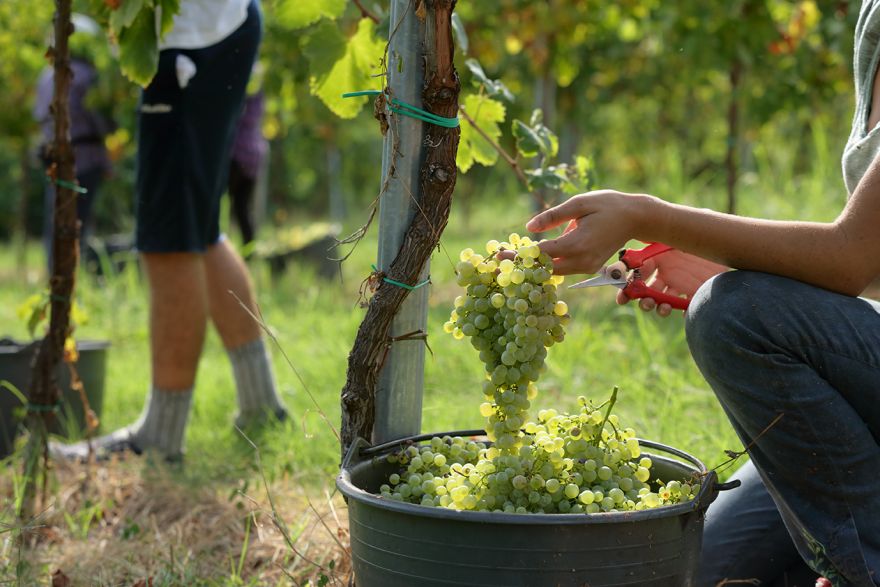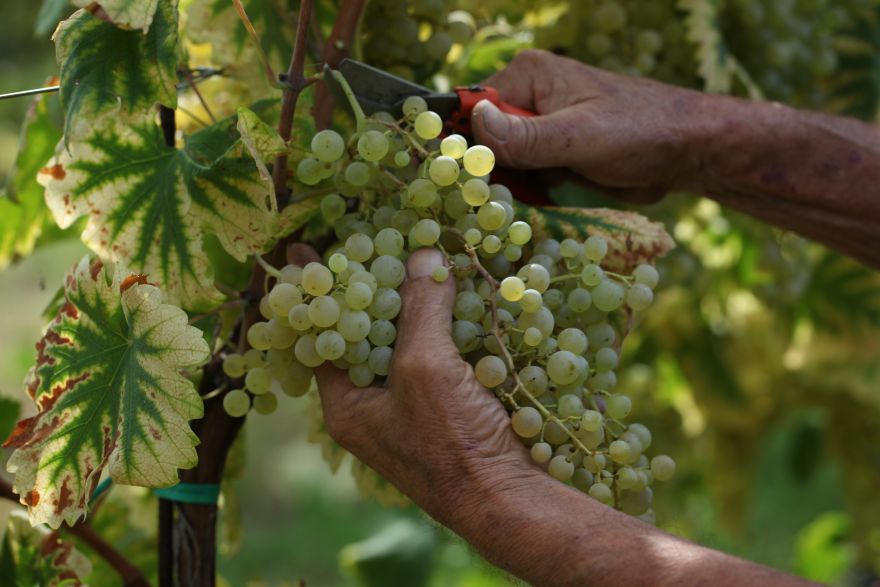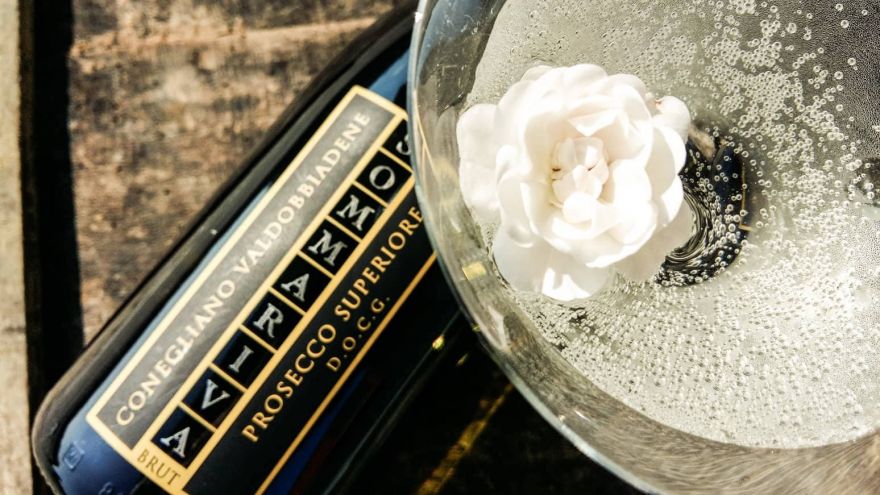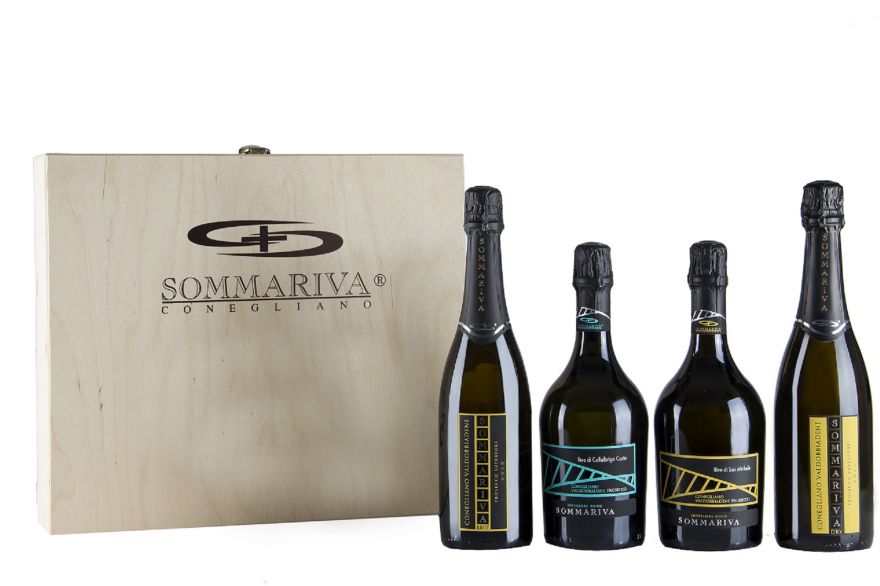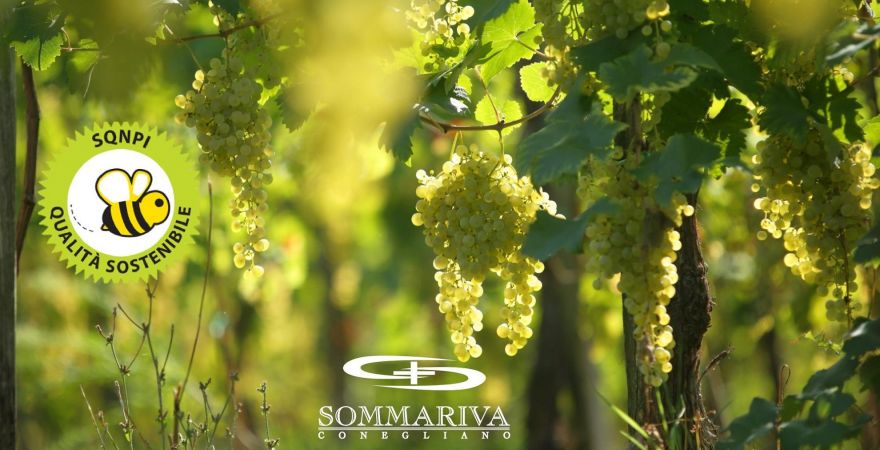How should bottles of Prosecco Superiore DOCG, and sparkling wines in general, be stored? Are there any particular rules to follow? We can say immediately that, in principle, the steps we take to care for a good Conegliano Valdobbiadene are the same as we should take for a fine Soave or an austere Barolo. What matters is to preserve the quality of the wine so that when it arrives at our table it is in the best possible condition. And to achieve this it is necessary to pay attention to 3 fundamental questions. Let’s have a look.
Exposure to light
The number 1 enemy for all wines is exposure to light, primarily natural daylight but also artificial. This is because ultraviolet light (UV) and the heat that this transmits will inevitably, over time, alter the organoleptic properties of wine.
It happens to everyone buying a bottle at the last minute from the supermarket, only to find in their glass an exhausted, lifeless yet still not oxidized wine... In 90% of cases you can thank the light from the spotlights above the shelf.
The green colour of most bottles provides some real protection. However, it is of little use if we are in the habit of keeping the wine well exposed in the kitchen, perhaps on top of a cupboard.
Changeable temperature
When wine isn’t kept in a sufficiently stable environment damage is inevitable. In fact, too high a temperature accelerates the evolution of wine, while too low a temperature slows it down. Sudden, wide fluctuations of temperature simply destroy it. The ideal temperature for wine storage ranges from 12° to 16° C, but we can still get a good result if the environment remains constant between 20° and 22° C.
In the case of sparkling wines the question is aggravated by the fact that the external temperature affects the internal pressure of the wine. That's why, especially in summer, some bottles could burst. It also happens in wine bars and shops, not only at home!
Lack of humidity
It is certainly not a coincidence that the majority of bottles on the market have cork stoppers. In addition to being a perfectly natural material, cork has 2 fundamental characteristics. Despite being impermeable to liquids, and not allowing leakage, it is at the same time permeable to air. Through the gradual and reduced passage of oxygen into the bottle a wine can evolve in a slow but constant way. That's why we can drink a great, aged red wine even 30 years after the vintage!
However, care must be taken. If the environment too dry the cork shrinks and leads to wine oxidation. On the contrary, if it is too humid we will have other problems; for example, moulds and bad smells that alter the taste of the wine (including the infamous “corked” wine).
The ideal humidity range is from 50% to 80%.
Where and how to keep the wine?
The ideal, you know, would be to have a wine cellar maintained at a constant temperature and humidity. But how many of us can afford that? The garage is a good alternative, on condition, however, that it’s not used for car parking or for seasoning cheeses and cold cuts of meat. Wine is much more sensitive than you might think to odours, and absorbs them into its own olfactory spectrum.
Small racks of shelves can be bought quite cheaply. They have the advantage of taking up little space, while having the capacity to contain a good number of bottles. White and sparkling wines must be placed at low level, where the temperature is cooler and closer to that of consumption.
If we do not have a garage or a room that can be sufficiently aerated, we can use an old wardrobe and line it with expanded polystyrene. It’s an economical solution that guarantees good results; the temperature is quite constant and the exposure to light is almost zero.
Whatever the environment we choose for long-term wine storage, we should keep in mind that the bottles should always be kept horizontally. In this way the cork will always remain in contact with the wine, and won’t dry out or shrink. However, for a limited time, no more than 12 months, sparkling wine bottles, therefore, also Conegliano Valdobbiadene DOCG, can remain vertical. The internal pressure and the presence of carbon dioxide, in fact, will ensure the cork is sufficiently humid, preserving it from unwanted ingression.
Before uncorking, however, we should always have the foresight to stand the bottle upright for a few hours; any sediments, which could alter the visual aspect of the wine, will be deposited at the bottom.
If we follow these simple but essential suggestions, as the Beatles would say in “Being for the Benefit of Mr Kite”, a splendid time is guaranteed for all!


